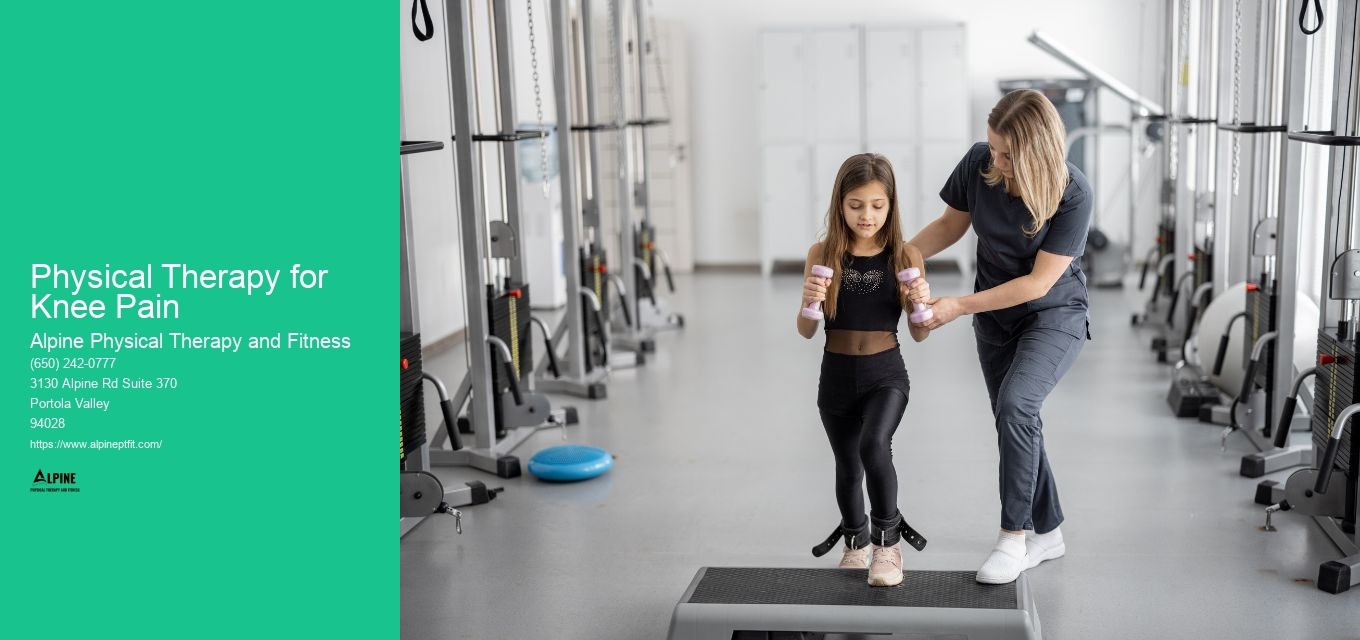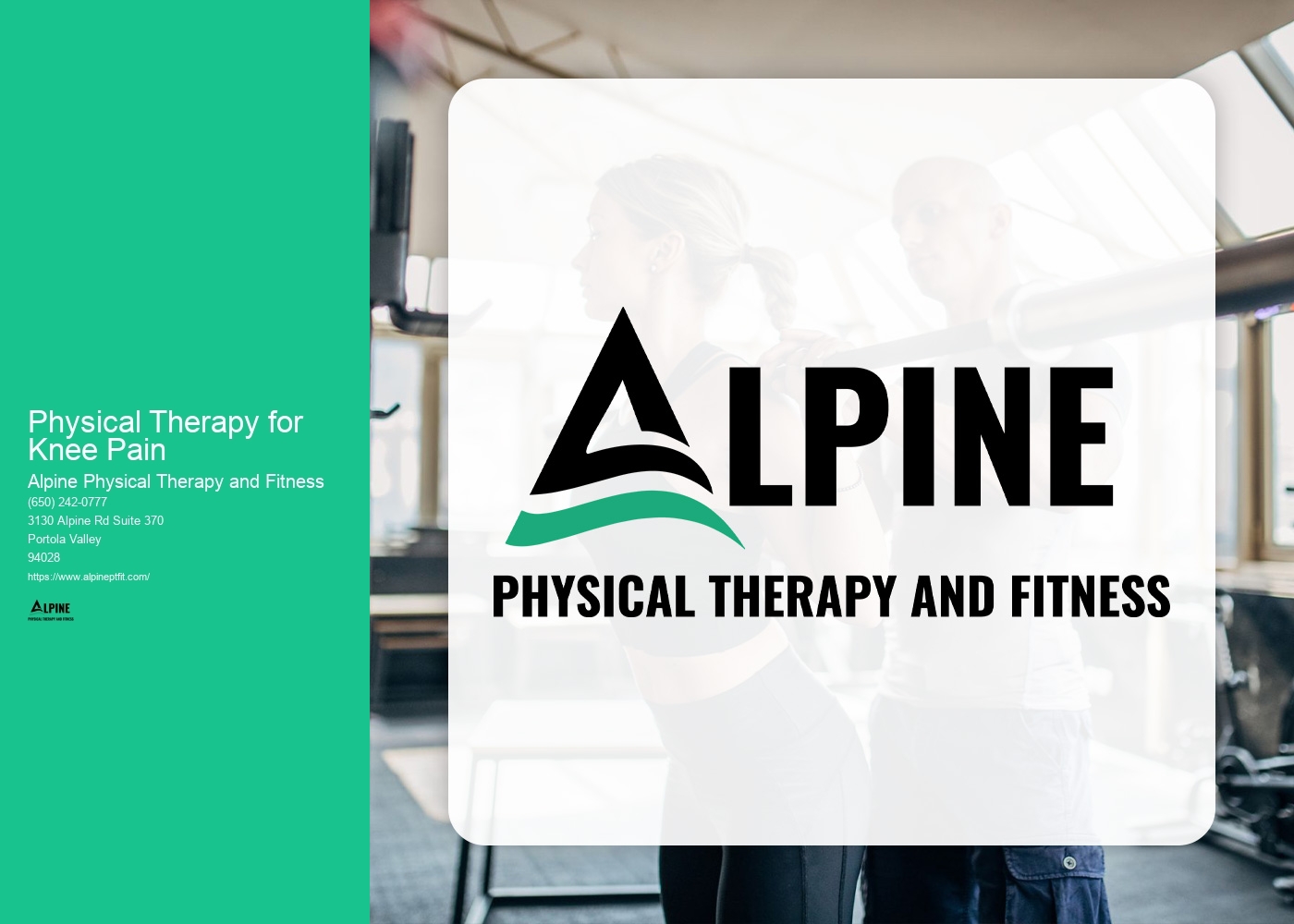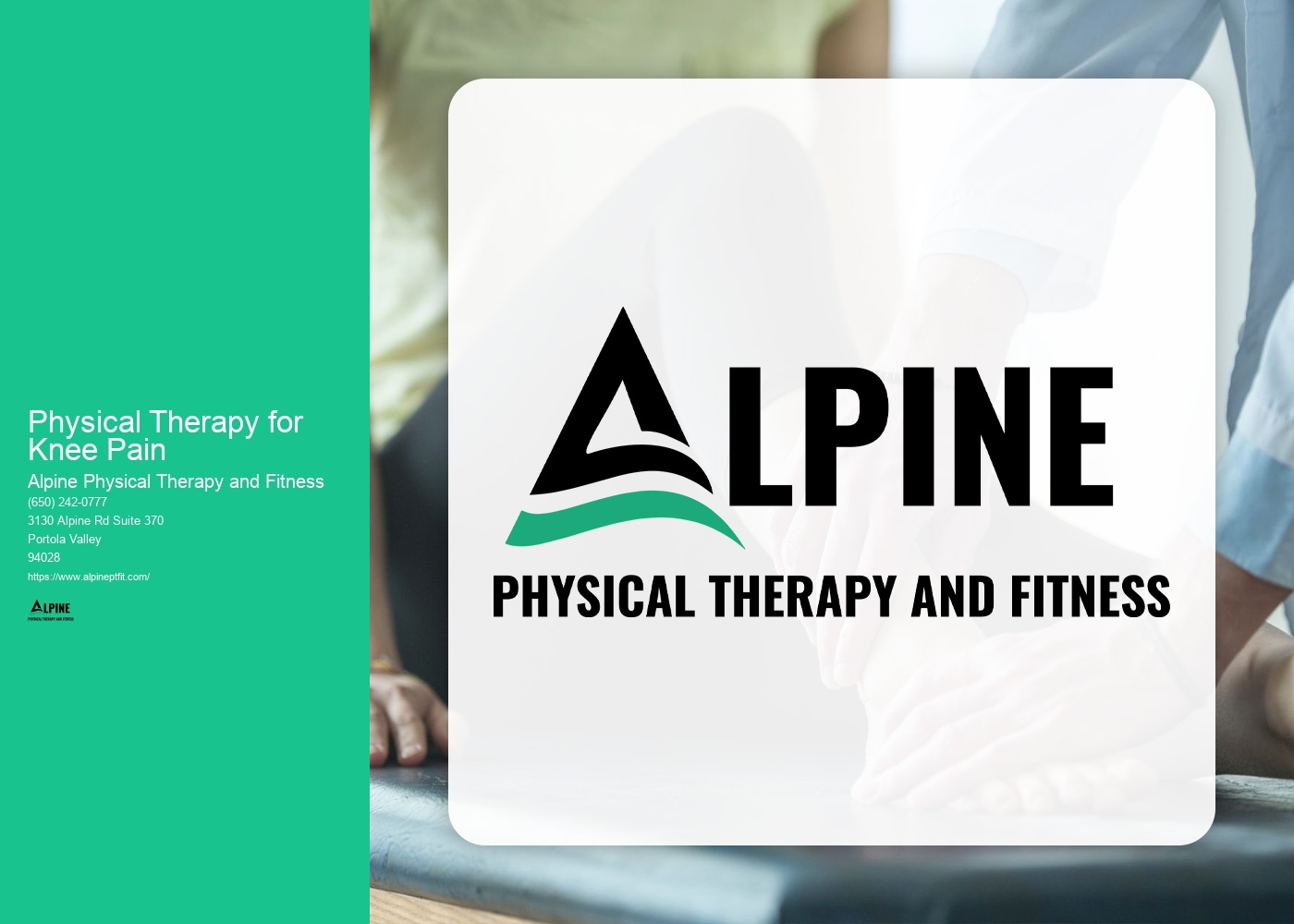

Knee pain can be caused by a variety of factors, but some of the most common causes that require physical therapy include ligament sprains, meniscus tears, patellofemoral pain syndrome, and osteoarthritis. Ligament sprains occur when the ligaments that support the knee joint are stretched or torn, often due to sudden twisting or impact. Meniscus tears can result from activities that involve twisting or rotating the knee, such as sports or heavy lifting. Patellofemoral pain syndrome is characterized by pain around the kneecap and can be caused by overuse, muscle imbalances, or improper tracking of the kneecap. Osteoarthritis, a degenerative joint disease, can also lead to knee pain as the cartilage in the knee joint wears down over time.
Physical therapy can help alleviate knee pain by addressing the underlying causes and improving strength, flexibility, and stability in the knee joint. A physical therapist will assess the individual's condition and develop a personalized treatment plan that may include a combination of exercises, manual therapy techniques, and modalities such as heat or ice therapy. Strengthening exercises for the muscles around the knee, such as the quadriceps and hamstrings, can help provide better support and stability to the joint. Stretching exercises can improve flexibility and reduce muscle tightness, which can contribute to knee pain. Additionally, manual therapy techniques, such as joint mobilizations or soft tissue massage, can help reduce pain and improve joint mobility.
The specific exercises and stretches recommended for knee pain will depend on the individual's condition and the underlying cause of their pain. However, some common exercises that are often included in physical therapy programs for knee pain include straight leg raises, heel slides, wall squats, and hamstring curls. These exercises can help strengthen the muscles around the knee and improve stability. Stretches such as calf stretches, quadriceps stretches, and hamstring stretches can help improve flexibility and reduce muscle tightness. It is important to note that these exercises and stretches should be performed under the guidance of a physical therapist to ensure proper form and technique.

The timeline for improvement in knee pain with physical therapy can vary depending on the severity of the condition and the individual's adherence to the treatment plan. In general, it may take several weeks to months to see significant improvement. However, many individuals experience some relief from pain and improved function within a few weeks of starting physical therapy. Consistency and adherence to the prescribed exercises and stretches are key to achieving optimal results. It is important to communicate regularly with the physical therapist and follow their recommendations for home exercises and self-care.
When undergoing physical therapy for knee pain, there are some precautions and limitations to consider. It is important to follow the guidance of the physical therapist and avoid activities or movements that exacerbate the pain. It may be necessary to modify certain exercises or avoid high-impact activities that put excessive stress on the knee joint. It is also important to listen to the body and not push through pain during physical therapy sessions. Gradual progression of exercises and stretches is typically recommended to avoid overloading the knee joint. Additionally, individuals with certain medical conditions or injuries may require additional precautions or modifications to their treatment plan, so it is important to communicate any concerns or changes in symptoms to the physical therapist.

While physical therapy can help manage and reduce knee pain, it may not completely eliminate the pain in all cases. The goal of physical therapy is to improve function, reduce pain, and enhance quality of life. In some cases, individuals may experience complete resolution of their knee pain with physical therapy, especially if the pain is due to muscle imbalances or improper movement patterns. However, for conditions such as osteoarthritis or severe ligament tears, physical therapy may be more focused on managing symptoms and preventing further deterioration. The physical therapist will work closely with the individual to set realistic goals and develop a treatment plan that aligns with their specific needs and limitations.
In addition to physical therapy, there are alternative treatments and therapies that can be used in conjunction to help alleviate knee pain. These may include modalities such as acupuncture, chiropractic care, or massage therapy. These alternative treatments can provide additional pain relief and promote relaxation, but they should be used in conjunction with, not as a substitute for, physical therapy. It is important to consult with a healthcare professional or physical therapist before incorporating any alternative treatments to ensure they are safe and appropriate for the individual's specific condition. The physical therapist can provide guidance on the most effective combination of treatments for each individual's unique needs.

Physical therapy can be highly beneficial for children with Down syndrome. It focuses on improving their motor skills, strength, balance, and coordination. Through a variety of exercises and activities, physical therapists help children with Down syndrome develop their gross motor skills, such as crawling, walking, and running. They also work on fine motor skills, such as grasping objects and using utensils. Additionally, physical therapy can help improve muscle tone and flexibility, which can enhance overall physical function. By addressing these areas, physical therapy can greatly enhance the quality of life for children with Down syndrome, enabling them to participate more fully in daily activities and reach their full potential.
Physical therapy plays a crucial role in assisting individuals with Guillain-Barré syndrome by promoting functional recovery and improving overall quality of life. Through a comprehensive rehabilitation program, physical therapists employ a variety of techniques and interventions to address the specific needs of each patient. These may include exercises to improve muscle strength, range of motion, and balance, as well as gait training to enhance mobility. Additionally, physical therapists may utilize modalities such as electrical stimulation and ultrasound to reduce pain and inflammation. By tailoring treatment plans to the unique challenges presented by Guillain-Barré syndrome, physical therapy helps individuals regain independence, restore physical function, and optimize their overall well-being.
Physical therapists employ a variety of techniques to address sacroiliac joint dysfunction. They begin by conducting a thorough assessment to determine the underlying cause of the dysfunction, which may include muscle imbalances, joint instability, or poor movement patterns. Based on their findings, they develop a personalized treatment plan that may include manual therapy techniques such as joint mobilizations, soft tissue mobilization, and myofascial release to restore proper joint alignment and improve mobility. They also prescribe specific exercises to strengthen the surrounding muscles and improve stability. Additionally, physical therapists may use modalities such as heat or ice therapy, electrical stimulation, or ultrasound to reduce pain and inflammation. Education on proper body mechanics and posture is also provided to prevent future episodes of sacroiliac joint dysfunction. Through a comprehensive and individualized approach, physical therapists aim to alleviate pain, improve function, and enhance the overall quality of life for individuals with sacroiliac joint dysfunction.
Plantar fasciitis is a common condition that causes pain and inflammation in the plantar fascia, a thick band of tissue that runs along the bottom of the foot. While there is no one-size-fits-all solution for alleviating plantar fasciitis pain, there are several exercises that can help. Stretching exercises, such as calf stretches and toe stretches, can help to loosen the plantar fascia and reduce pain. Strengthening exercises, such as toe curls and heel raises, can help to improve the stability and support of the foot. Additionally, exercises that focus on balance and proprioception, such as standing on one leg or using a balance board, can help to improve foot and ankle strength and stability. It is important to consult with a healthcare professional or physical therapist before starting any exercise program for plantar fasciitis, as they can provide personalized recommendations based on your specific needs and condition.